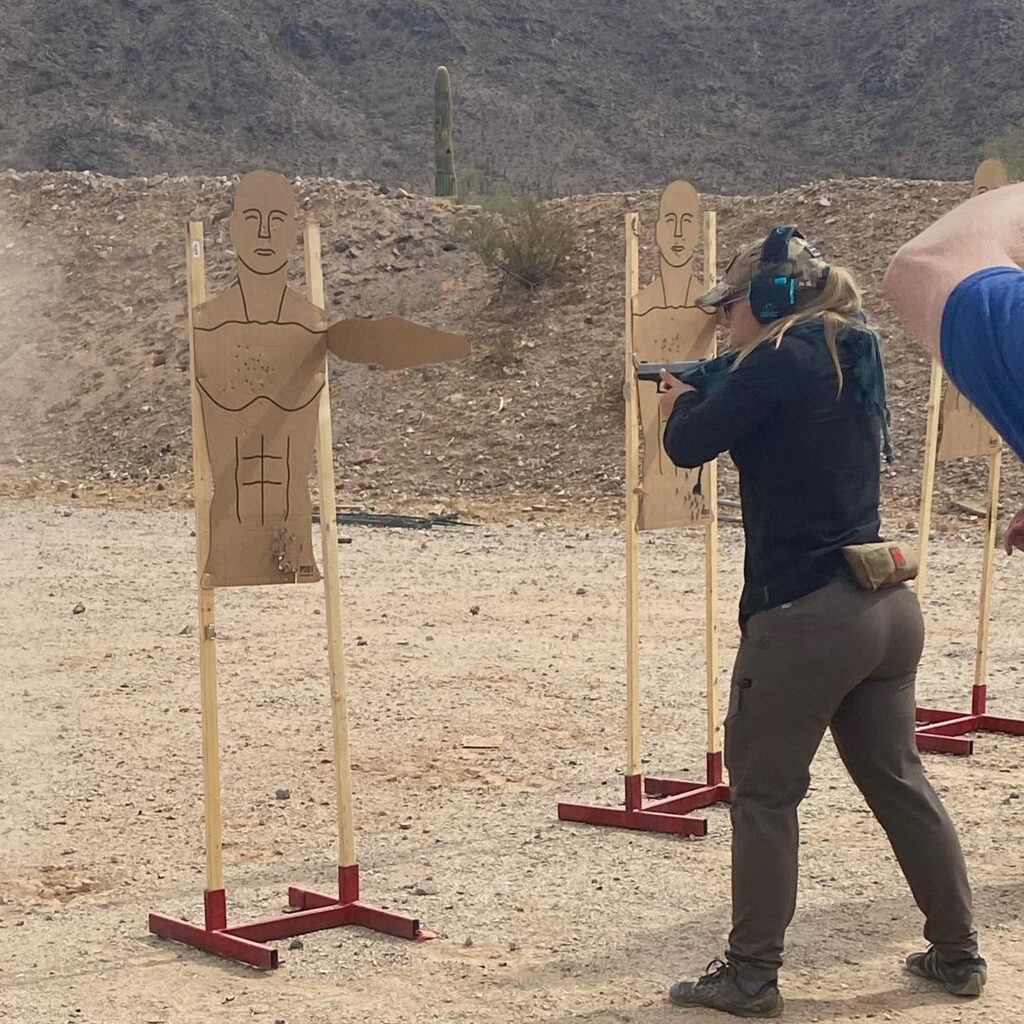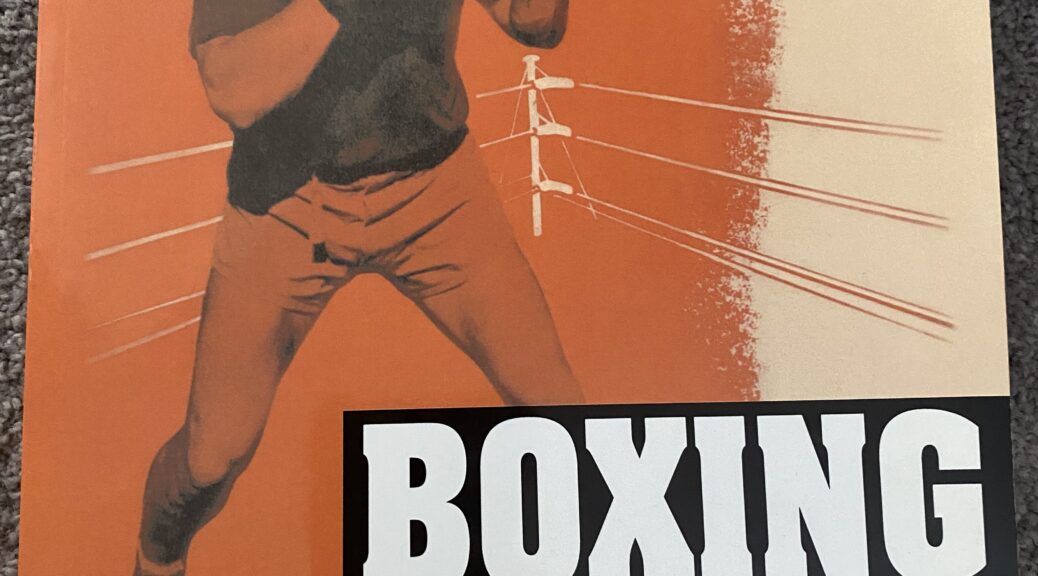Every time someone new starts jiu-jitsu, I hear the same refrain – “man, I thought my cardio was good but I am wiped out after a one hour class!” If you have not experienced it, the conditioning requirements of BJJ are different, and it is eye opening.
Even if you truly do have solid cardio beforehand, you will still come close to feeling that giant ball of suck that is oppositional pressure in BJJ and what it pulls out of you. You can be able to run a 5k, do 10 x 100m sprints, do 100 burpees in 4 minutes, and crush that WOD at your Crossfit gym, and still be an empty rag at the end of a BJJ class.
Why is that? There are a few reasons.
The first is that in jiu-jitsu, you are going to be using your body in ways you most likely have never done before. Even experienced and trained athletes rarely work the body the way that grappling does. Few people use and work your hips in the manner and to the extent you will in BJJ, and your core is engaged almost constantly, as are your grips. Firing all those muscles constantly when you are not used to it is exhausting.
Secondly, using all those muscles in new ways is going to be done in a generally inefficient manner. Any strength and conditioning coach will tell you that inefficient movement leads to more energy and calorie burn and that is partially why it is good for fat loss. One of the reasons they will advise someone to change programs now and again is that once your body acclimates to the movement, it becomes more efficient, which when you are trying to burn as many calories as possible is not what we want, so a good S&C trainer will try to keep you with inefficient movement to maximize the burn.
However, the single biggest reason that outside cardio does not translate very well at the beginning is due to stress. Or in more appropriate jiu-jitsu terms, panic.
When you do BJJ for the first time, you tend to be terrified on some level, and desperate to get this bigger person off you or prevent them from choking you. Every part of your body is coiled and tensed, and you are exerting 100% effort constantly to try to not die. You go through whatever energy reserves you have in the blink of an eye. Fairly shortly, you strongly resemble a fish that jumps out of its tank and is now gasping huge gulps trying to stay alive. And the horrible part is that there is no relief, because even as you learn techniques and actions and movement, you are still in a partial panic. You know no matter what, that higher belt is going to be on top and inching forward to that armbar or choke or leglock or…….. The end is near, and there is little to nothing you can do about it. That causes blind panic even when you don’t think you are panicking.
You can get a glimpse of that situation right now. Tense up your entire body as hard as you possibly can, very muscle and tendon and ligament straining as if you are being crushed under a collapsing ceiling and you need to hold it up. Keep it up for 10 seconds, and relax. How strained and sore are those muscles right now? How hard are you breathing? And that is only after 10 seconds. Imagine a non-stop hour or two. And that is why you are so used up after your early BJJ practices.
This is one of the reasons that whenever I hear someone say “let me get in some shape first, and then I will do jiu-jitsu”, I tell them it doesn’t matter. Whether they start right now in the condition they are in, or they do a three month program of cardio, they are still going to feel like they have no cardio at all. The only people I have seen come to BJJ and not experience this are wrestlers and judoka, because they are already used to their energy and body movement. Everyone else, from that world champ Crossfitter to the ex-D1 football player, will suffer.
The good news is that this does not last. Very soon your body will adapt, and you will get in jiu-jitsu shape. More importantly to those of us in the self-defense world, you will be in shape to deal with a violent criminal actor who tries to assault you. S
So just start training now. The results come when you put the time in. BJJ is the ultimate democracy. You will get better if you just get on the mat and start.







